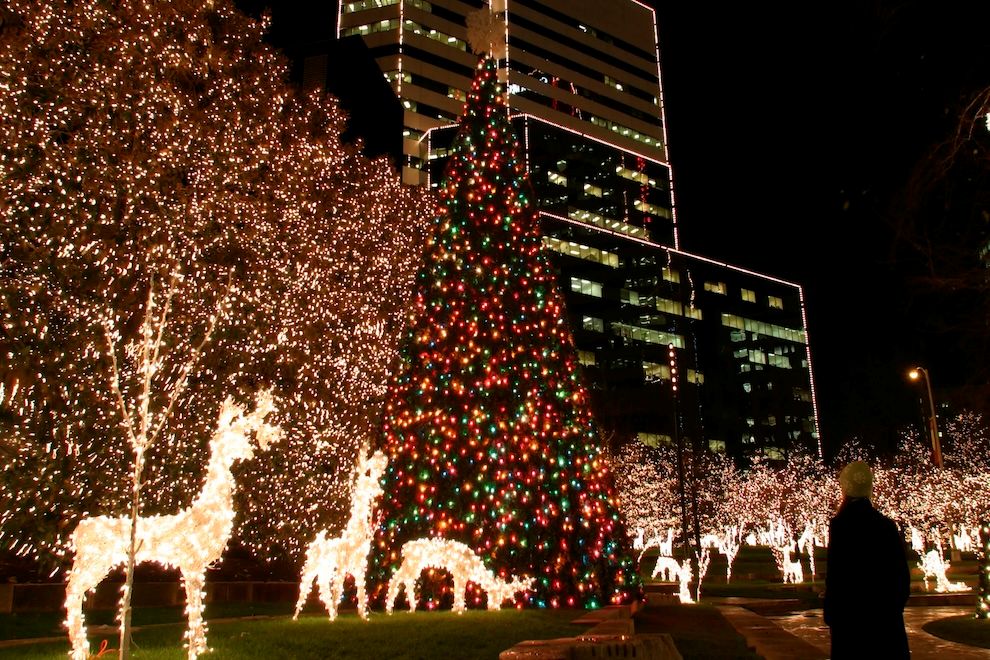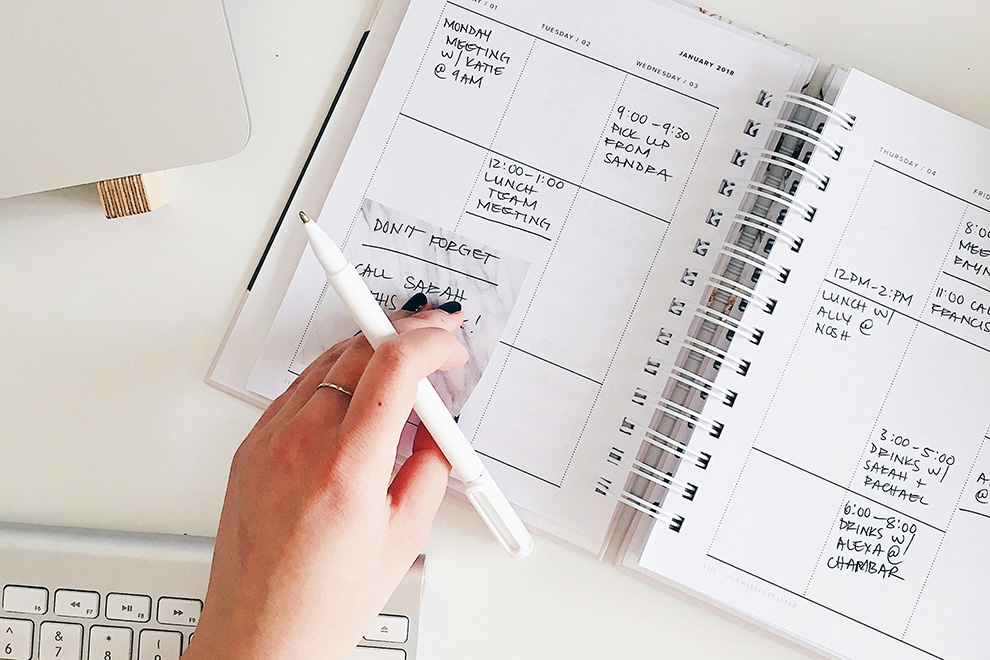Winter break or Christmas vacation – or whatever you call the beautiful block of school-free time during the holiday season – never falls at the perfect time for families.
When my children were little, I took full advantage of every single minute the kids were with their teachers before break started. After all, on top of work, I had cleaning and shopping and gift-wrapping and decorating and baking (and yes, more shopping!) to do.
To beat the school bus home, I rushed back from Mom-powered errands to stash bags in hidden present zones. I baked dozens of cookies and layered them in airtight containers, so they would be fresh for the teacher and client gifts we would assemble later.
While the preschool and early elementary school era was a frenzy to get everything accomplished before break, when the girls hit double digits, we were bummed they had to go to school and weren’t available for elf duty.
When my youngest was in second grade, something happened that caused a rift in the Christmas break space-time continuum. That was the year the recession hit, and my husband and I found ourselves without any clients – which meant no client gifts – and without any money – which meant very little shopping. Minus the usual hustle and bustle, I had a lot of time on my hands.
Which is how I landed on a committee for my daughter’s winter party. Now, I had volunteered in the classroom before – in fact, having that flexibility was one of the biggest perks about working from home – but I had always dodged the winter party, knowing there were a million other holiday things I needed to get done. Not that year.
The theme for this party was “Winter Holidays.” There were puzzles and songs and activities representing cultures from around the world. Each of the committee parents ran a station or gave a short presentation to the class about their chosen holiday.
One mom talked about Hanukkah and discussed the significance of the menorah and the lighting of its candles. The kids listened as she explained the miracle of the oil that kept the lamps burning in the temple. Their ears perked up a bit when she mentioned eight days of presents and handed out tiny dreidels and chocolate gold coins.
My holiday was Christmas. I gathered up at least ten different nativity sets with little figurines of Mary, Joseph, baby Jesus, and the three wise men. At my station, we talked about what celebrating Christmas means to Christians while the kids arranged the nativity sets. One little guy waged a WWE-style head-butting contest between Joseph and a shepherd. Joseph won!
Next, someone’s grandma taught the class (and me) about Las Posadas – a Latin American celebration that commemorates the journey Mary and Joseph made to Bethlehem.
One dad wearing a colorful dashiki covered the celebration of Kwanzaa and its traditions for the class.
Lastly, my good friend Sarma talked about Diwali. Even though Diwali is a fall holiday, Sarma made some great connections to Christmas trees and tacky lights and the candles of the menorah as he talked about the Hindu Festival of Lights he remembered from when he was a boy in India.
A little girl’s hand shot up. “If you like Christmas lights,” she asked, “do you believe in Jesus?”
“Of course,” Sarma said. “Hindus believe in all the gods!”
That still makes me chuckle.
This was my first winter party, and I was basically there because my Christmas calendar was suddenly free. My second party, three years later, was a snowman theme and the kids used jumbo marshmallows for fake snowball battles. It was fun, but it wasn’t nearly as memorable as “Winter Holidays.”
Now in her teens, my daughter remembers that party, too (okay, mostly just the kid who knocked the shepherd’s block off), and I think we both learned something important about the real peace of the season: what a wonderful world it would be if we all made time to explore the many different ways the holiday spirit can inspire a community!





